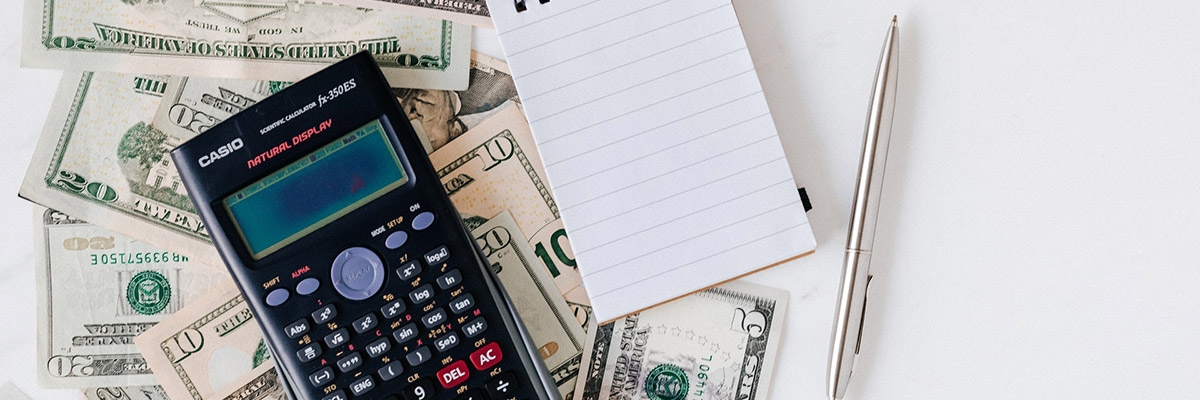Back to School
Before sending your kids back to the classroom with sharpened pencils and brown-bag lunches, take a look at these tips for creating and sticking to a back-to-school budget.
Plan it out.
Before you start shopping for school supplies, figure out how much you can spend. Don't leave anything out — it's better to know ahead of time if your budget will be tight. Check your child's school "supply list" of essentials, and remember that some schools arrange discounts with local retail outlets.
If you have money left over, decide if you will get those colored pens your children wanted or spend it on something else from their wish list. Or add the surplus back into the household budget.
How realistic is your budget? Use our Back-to-School calculator to find out.
Start early and take time to get ready.
The earlier you start, the easier it’ll be to avoid last-minute shopping and spending more than you can afford. Think ahead to find the best deals and be on the lookout for the big back-to-school sales. Also, check out when this year's tax holiday will occur, which allows you to save sales tax on essential school supplies and get good deals on your back-to-school shopping.
Get your children involved.
Back-to-school shopping is a great way to teach children about budgeting and money management. Ask your children to compare costs online or look for deals. Use the process as an early opportunity to encourage sound money management habits and build organizational skills.
Be creative.
Who says back-to-school items have to be brand-new? Swap clothes and books with other families, or hit the thrift stores and garage sales. If school uniforms are required, check whether the school has a trading or discount program. Also, look at last year’s leftover school supplies to see if any are reusable.
Shop online wisely.
Buying online? Play it smart. During the back-to-school season, some stores offer free shipping depending on how much you spend. Order together with friends and family to qualify for free shipping, and buy in bulk to reduce long-term costs. Stay on the lookout for deals sent via email and always search for coupon codes.
Choose appropriate electronics.
Electronics are becoming increasingly useful tools in the classroom. But before making any big purchases like a laptop or tablet, decide which devices will be most useful and appropriate for your children inside and outside the classroom. Explore our free financial education apps for another great way to blend technology and learning.
Learn from the experience.
Make your savvy back-to-school budgeting an annual tradition. Keep track of expenses and write notes about what worked best for next year. And if your children’s cost-savings decisions help you come out ahead, use it as a teachable moment to talk to them about what to do with the money that was saved. Consider rewarding them by depositing it into their savings accounts.
Practice these smart shopping habits each year, and by the time your children graduate, you'll have saved money and helped prepare your children for the real world.

